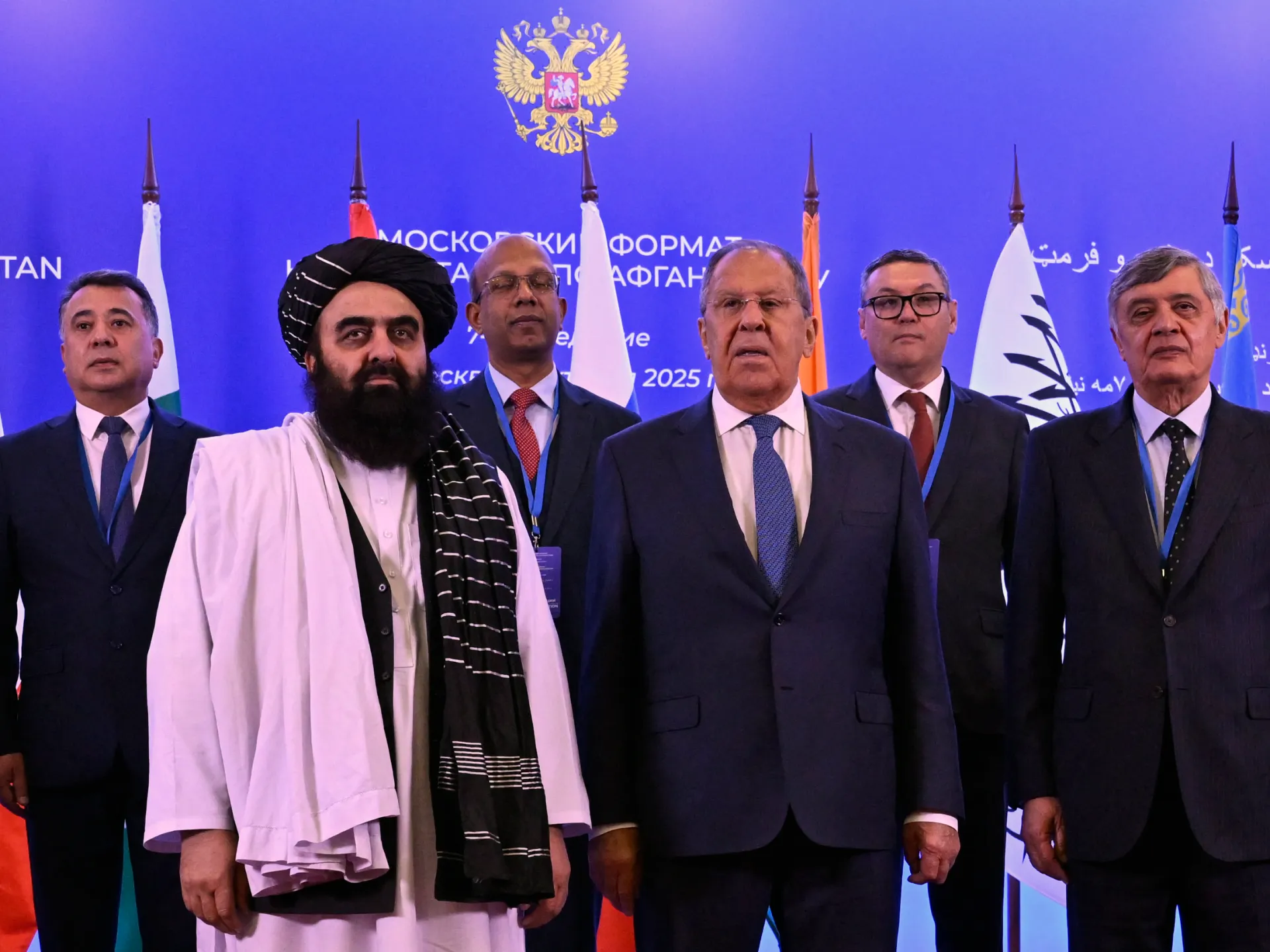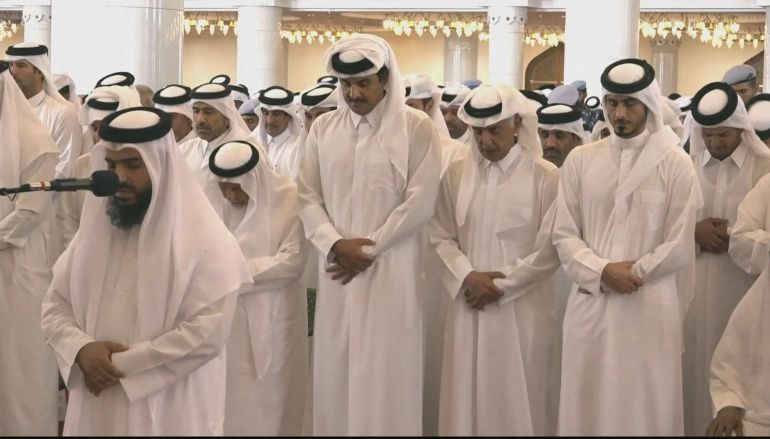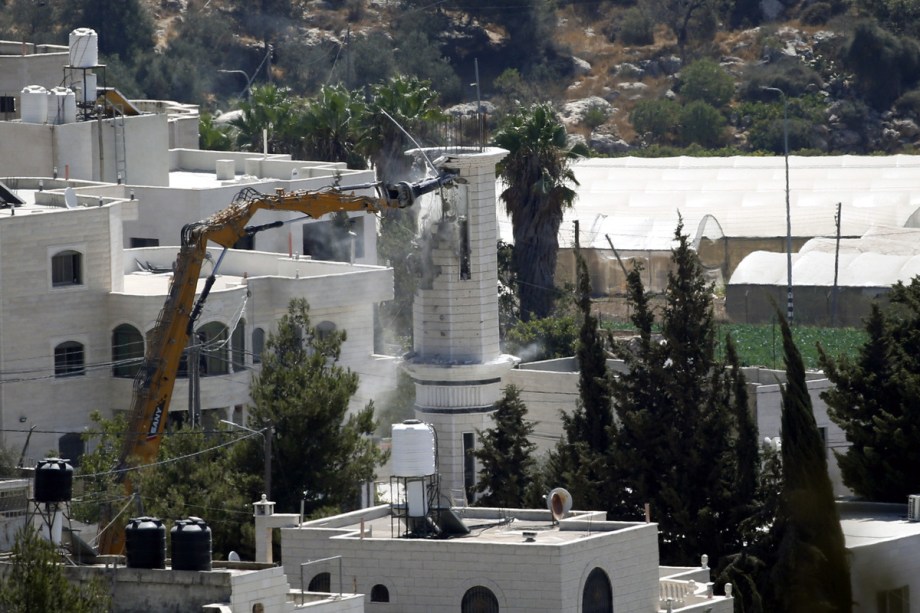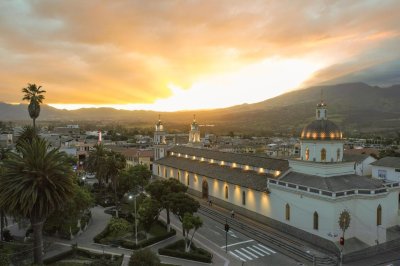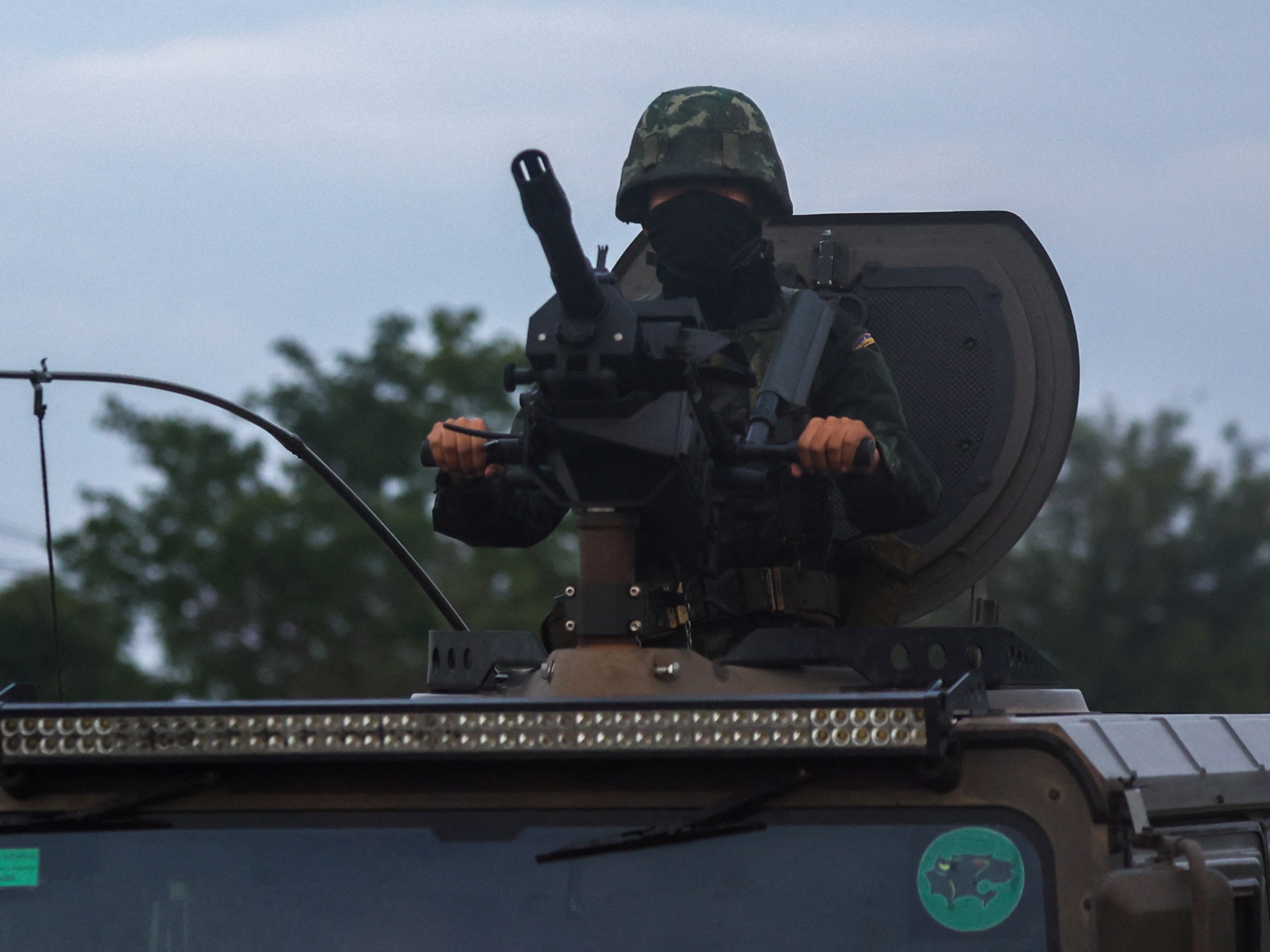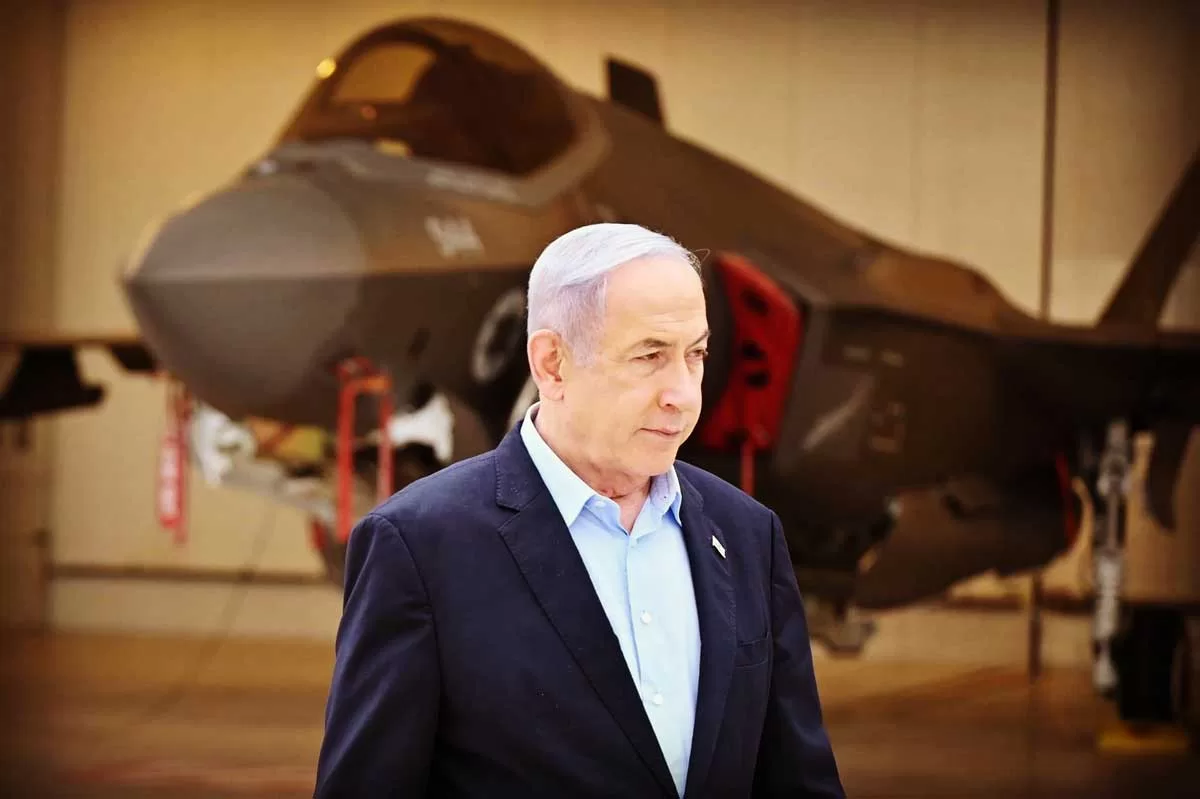Anchoring the Future of Regional Trade in the CPEC
In the southwestern corner of Pakistan, where the Arabian Sea meets the rugged Makran coast, Gwadar Port stands as one of the most ambitious and strategically important infrastructure projects in South Asia. Once a quiet fishing village, Gwadar is rapidly evolving into a global trade hub under the framework of the China-Pakistan Economic Corridor (CPEC). The port’s transformation is not just about maritime logistics; it represents a broader economic vision linking China, Pakistan, and a wider network of countries stretching across the Middle East, Africa, and Central Asia.
At the heart of this transformation lies China’s investment in Gwadar’s deep-water port facilities. Strategically located near the Strait of Hormuz, through which nearly 20% of the world’s oil passes, Gwadar gives China direct access to the Arabian Sea, bypassing the long and vulnerable sea route through the Malacca Strait. This geographic advantage is key to China’s Belt and Road Initiative (BRI), offering the country a shorter and more secure trade path to the Middle East and Africa. For Pakistan, Gwadar is both an economic lifeline and a symbol of modernization, promising to uplift the impoverished Balochistan province through new industries, employment opportunities, and infrastructure development.
The China-Gwadar-Africa trade corridor, projected to create around 25,000 jobs and contribute up to 30% of Gwadar’s district GDP by 2027, underscores the scale of ambition behind CPEC. The port’s free zone expansion is already attracting manufacturing, logistics, and technology firms that view Gwadar as a cost-effective alternative to congested Middle Eastern ports. Chinese companies, through 2025 agreements with the Gwadar Port Authority, are investing in industrial parks, real estate developments, and energy projects aimed at turning the port into a self-sustaining economic ecosystem. These projects extend far beyond shipping; they’re setting the stage for an integrated trade hub that could reshape the economic geography of the region.
Infrastructure connectivity remains the backbone of Gwadar’s development. The construction of new highways, railway links, and power plants ensures that the port is not an isolated enclave but a vital node in the global supply chain. The planned rail corridor connecting Gwadar to Kashgar in China’s Xinjiang province will cut transport time for goods significantly, allowing trade between western China and the Arabian Sea in under a week. Complementary projects, like the Gwadar International Airport, desalination plants, and solar energy stations, are also underway to support the city’s growing economic and population base. Together, these developments represent a holistic approach to urban and industrial planning that aligns with Pakistan’s long-term economic diversification goals.
The Gwadar Free Zone, now entering its second phase of expansion, is perhaps the clearest indicator of the port’s economic potential. Modeled after successful trade zones in Dubai and Singapore, the zone is expected to house over 400 companies from sectors ranging from petrochemicals and logistics to tourism and high-tech manufacturing. The fiscal incentives, tax exemptions, streamlined customs procedures, and energy subsidies are designed to attract both local and foreign investors. As Chinese and Pakistani firms collaborate on industrial and commercial ventures, the zone is emerging as a microcosm of regional economic integration.
Sustainability, often overlooked in large infrastructure projects, is also beginning to shape Gwadar’s future. One of the more innovative developments is the introduction of solar-powered fishing boats, designed to replace diesel-run vessels that pollute the coastline. Supported by Chinese firms and local cooperatives, these boats aim to improve the livelihoods of local fishermen while reducing carbon emissions. Such projects demonstrate how economic growth and environmental responsibility can coexist when supported by technology and policy alignment.
That said, Gwadar’s journey is not without challenges. Security concerns in Balochistan, bureaucratic delays, and local dissatisfaction over land use and employment distribution continue to shadow its progress. Critics argue that without more inclusive development, ensuring that the people of Gwadar directly benefit from the port’s success, the city risks becoming an enclave that serves external interests more than local ones. Transparency in agreements, fair labor practices, and reinvestment in local education and healthcare will be crucial to maintaining social stability and long-term sustainability.
From a broader geopolitical perspective, Gwadar’s rise introduces new dynamics into the Indian Ocean trade landscape. It competes indirectly with regional ports like Chabahar in Iran (developed with Indian support) and Dubai’s Jebel Ali, both seeking to maintain their relevance in global shipping routes. For China, Gwadar enhances its strategic footprint in the Arabian Sea, complementing its investments in East Africa’s ports like Mombasa and Djibouti. For Pakistan, it’s a chance to transform from a transit economy into a trading powerhouse, leveraging its geography rather than being constrained by it.
The real measure of Gwadar’s success will depend on how effectively it integrates with surrounding economies and global trade networks. If managed wisely, the port could help rebalance Pakistan’s trade profile, attract foreign investment, and serve as a catalyst for industrial modernization. But its development must remain inclusive, transparent, and environmentally responsible to ensure that the benefits of CPEC reach beyond the port’s fences and into the lives of ordinary Pakistanis.
In essence, Gwadar Port is not merely a logistical project; it’s a statement of intent. It reflects Pakistan’s aspirations to join the ranks of regional trade powers and China’s ambition to secure diversified trade routes. As CPEC matures, Gwadar’s success will likely be judged not only by the volume of goods passing through its docks but also by the depth of prosperity it generates across borders and communities.
Recommendations
- Prioritize local employment and vocational training to ensure Baloch communities benefit directly.
- Strengthen environmental management through renewable energy initiatives and waste control.
- Enhance port security and digital surveillance for safe and efficient operations.
- Encourage public-private partnerships to diversify investment beyond China.
- Fast-track railway and power infrastructure to improve trade connectivity.
- Implement transparent governance and community engagement programs.
- Promote sustainable fisheries and ecotourism to complement trade growth.
- Align Gwadar’s development with Pakistan’s national logistics policy for long-term coherence.
- Foster maritime innovation through research centers and green port technologies.

